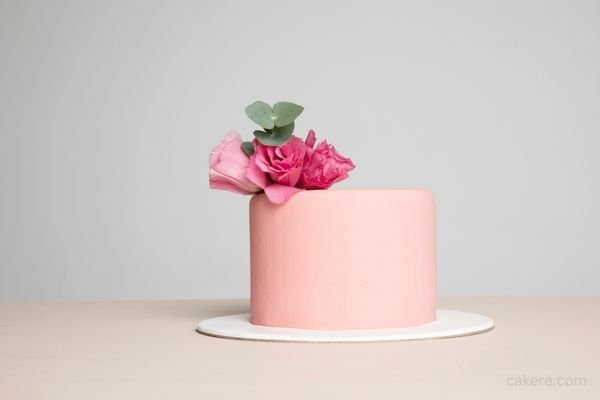When it comes to desserts, few can rival the elegance and simplicity of Kransekage cake. This traditional Danish pastry has been a staple of celebrations and special occasions for centuries, with its iconic ring shape and delicate almond flavor captivating taste buds around the world.
But what is the story behind this delicious treat? Where did it come from, and how did it become such an integral part of Danish culture? In this article, we’ll explore the fascinating history of Kransekage cake, from its humble beginnings to its status as a national treasure.

- The Origins of Kransekage Cake: A Taste of Tradition
- The Ingredients of Kransekage Cake: Almonds, Sugar, and Time
- The Cultural Significance of Kransekage Cake: A Symbol of Celebration
- Making Kransekage Cake: Tips and Tricks for a Perfect Pastry
The Origins of Kransekage Cake: A Taste of Tradition
- A Royal Treat: Kransekage Cake and the Danish Court
- From Wedding Cakes to New Year’s Eve: The Many Occasions for Kransekage Cake
- Exporting Danish Delights: Kransekage Cake Goes Global
The Ingredients of Kransekage Cake: Almonds, Sugar, and Time
- The Role of Almonds in Kransekage Cake: A Nutty Delight
- The Sweet Science of Sugar: Creating the Perfect Texture
- Time-Tested Techniques: The Importance of Resting and Cooling
The Cultural Significance of Kransekage Cake: A Symbol of Celebration
- A Cake for All Seasons: Kransekage Cake in Danish Holidays
- A Sweet Wedding Tradition: Kransekage Cake as a Marriage Symbol
- Sharing the Love: Kransekage Cake as a Gesture of Friendship
Making Kransekage Cake: Tips and Tricks for a Perfect Pastry
- From Dough to Decoration: Steps for Making Kransekage Cake
- Troubleshooting Common Problems: Cracks, Sticking, and Burning
- Decorating Your Kransekage Cake: Adding Personal Touches
Bullet Points:
- Kransekage cake dates back to the 18th century, when it was first served at royal banquets in Denmark.
- The cake is made from almond flour, sugar, and egg whites, which are mixed together to form a dough that is shaped into rings.
- Kransekage cake is traditionally served at weddings, baptisms, and other special occasions in Denmark.
- The cake’s ring shape is said to represent the circle of life and the endless nature of love.
- Kransekage cake is often decorated with flags, flowers, or other symbols that represent the occasion being celebrated.
FAQs
Kransekage translates to “wreath cake” in Danish, referring to the cake’s iconic ring shape.
While making Kransekage cake requires some skill and patience, it is not overly difficult with the right recipe and techniques.
Yes, Kransekage cake can be frozen for up to three months if wrapped tightly in plastic wrap and stored in an airtight container.
Conclusion
From its regal origins to its status as a beloved Danish tradition
